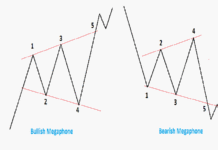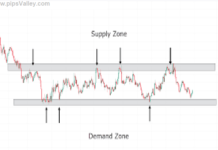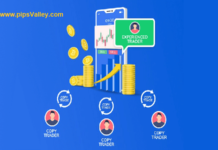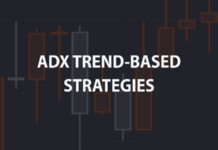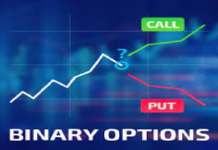
In the world of financial markets and trading, two terms that often strike fear into the hearts of investors are “margin call” and “stop out.” These terms are closely related and play a crucial role in determining the success or failure of traders, especially those involved in leveraged trading. In this article, we will demystify the concepts of margin calls and stop outs, explaining what they are, how they work, and why they are essential for traders to understand.
Margin Call: The First Warning
A margin call is a risk management mechanism used by brokers to protect both themselves and traders involved in leveraged trading, such as forex, stocks, and futures markets. When a trader opens an account with a broker and engages in leveraged trading, they often borrow money from the broker to amplify their trading position. This borrowed money is known as leverage or margin.
When a trader’s losses in a leveraged position approach the amount of the initial margin (the trader’s own money invested), the broker issues a margin call. This is essentially a warning that the trader’s account is at risk of being wiped out. The margin call prompts the trader to deposit additional funds into their account to cover the losses and reduce the risk of losing the entire investment.
The Margin Call Process:
Trading with Leverage: Traders use leverage to control a larger position with a smaller amount of their own capital.
Margin Level Drops: As the position moves against the trader, the account’s equity decreases, and the margin level drops.
Reaching the Margin Call Level: When the margin level approaches a predefined level, often around 100%, the broker issues a margin call.
Additional Funds Required: The trader must deposit additional funds to meet the margin requirements and avoid liquidation.
Stop Out: The Last Resort
If a trader fails to meet the margin call by depositing additional funds or fails to close losing positions, the account may eventually face a “stop out.” The stop out is the final step in a broker’s risk management process, and it involves forcibly liquidating the trader’s positions to prevent further losses.
The Stop Out Process:
Unmet Margin Call: When a trader doesn’t meet the margin call, the broker may initiate the stop-out process.
Position Liquidation: The broker starts closing the trader’s losing positions, starting with the most unprofitable ones.
Loss Realization: The market value of the closed positions may result in additional losses for the trader.
Account Balance Recovery: Once the positions are closed, the account balance is recalculated.
Protection for All Parties: The stop-out ensures that the trader doesn’t incur losses beyond the initial investment, and the broker is protected from potential defaults.
Key Takeaways
Risk Management: Margin calls and stop-outs are critical risk management tools for both traders and brokers. They aim to protect traders from excessive losses and brokers from defaults.
Understanding Leverage: Traders should fully comprehend the risks associated with leverage and only use it with a clear risk management strategy.
Regular Monitoring: Monitoring your account’s margin level and equity is essential to prevent margin calls and stop-outs.
Adequate Capital: Ensure you have sufficient capital in your trading account to withstand market fluctuations and potential margin calls.
Diversification: Diversifying your trading portfolio can help spread risk and reduce the likelihood of margin calls and stop-outs.
Conclusion
Margin calls and stop-outs are integral components of leveraged trading. While they might seem daunting, they serve the purpose of risk management and protecting both traders and brokers. To be a successful trader, it is crucial to understand these concepts and use them as tools to manage your trading risk effectively. By doing so, you can navigate the turbulent waters of financial markets with greater confidence and control.
Click to sign up with Think Markets
Related Articles:
New Lot Size Calculator App Helps Traders Make Smarter Decisions

